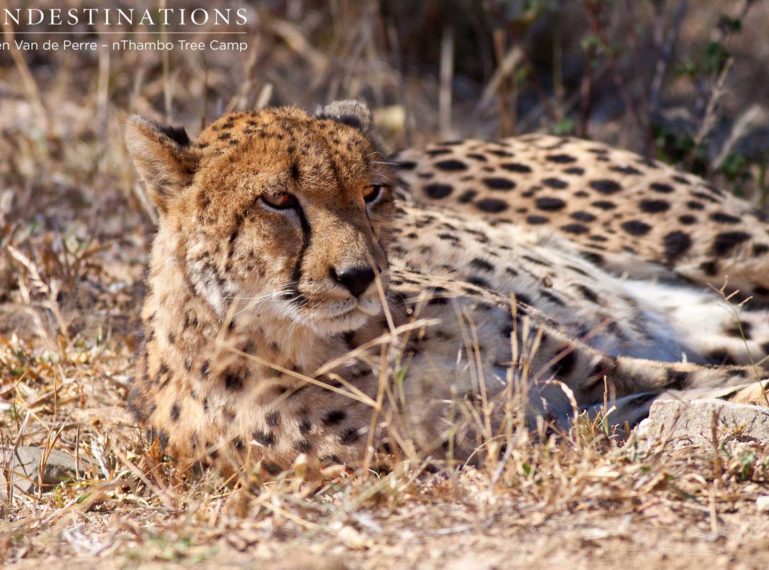
There is no denying it, the last couple of days have been an absolute dream for any safari goer, and right here in the Klaserie is where all the action is happening. After an exciting lion-chase that took place one morning, guests settled down to a special breakfast set up in the bush, but unbeknownst to them (and their guides), the safari was not yet over! One of the most wonderful and spectacular sightings on a Southern African safari is that of the cheetah. An endangered, specialised, big cat hunter that is perhaps the most sleek and refined of all the cats, and here she was, as relaxed and photogenic as ever, right where Africa on Foot and nThambo guests could see her.
It is often assumed that a lone cheetah is a female (and this one is – take a look at the video clip of the same sighting). This is because cheetah brothers often bond for life and exist in brotherly coalitions after they leave their mother’s protection. Female cheetahs branch off on their own and live solitary lives in overlapping home ranges, but this is a rule not set in stone. In areas like central Namibia where cheetah populations are known to thrive due to the lack of other predators, female cheetahs do team up and live and hunt in coalitions just like the males are known to.
Here in the Klaserie, this is the third of 3 recent cheetah sightings, which we count as incredibly lucky, but it also vouches for the amazing species diversity of the Klaserie, and defies the ‘rules’ of the wild, which suggest that cheetahs won’t happily exist in an area populated so heavily by lion and leopard. Well here we are with this gorgeous female cheetah only an hour or so after watching 2 groups of lions engage in some healthy competition!
Cheetahs rely on the daylight to hunt so as not to come into competition with (and very easily lose to) lions and leopards. Once a cheetah has stalked its prey and got as close as possible to its target, it will accelerate extremely quickly and usually reach the prey before the animal has reached full speed. The cheetah also rarely reaches full speed (which is a staggering 110km/h!), and averages a chasing speed of 50-70km/h, which is still incredibly fast.
Female cheetahs give birth to a litter of 2-5 cubs, and are in fact very good mothers. The babies are born blind and helpless and spend the first 2 months of their lives hidden in thick bush where they are protected from predators. At 6 weeks they get their first taste of meat, and by 3 months old they survive on this alone as it is brought to them by their mother who goes out hunting alone. Then, the next stage of life for these cubs is to practice killing their own prey, but before going out on the hunt themselves, at 4-5 moths old, mother cheetah brings a small or young antelope as live bait for her cubs to practice hunting on. It sounds like a barbaric practice, but this is a crucial stage in the endangered young cheetah’s education. By the time the cubs reach 1 year old they join their mother on hunts, and at 18 months old they leave their mother, well trained and ready to take on the world – males usually in a coalition, and females, out on their own.
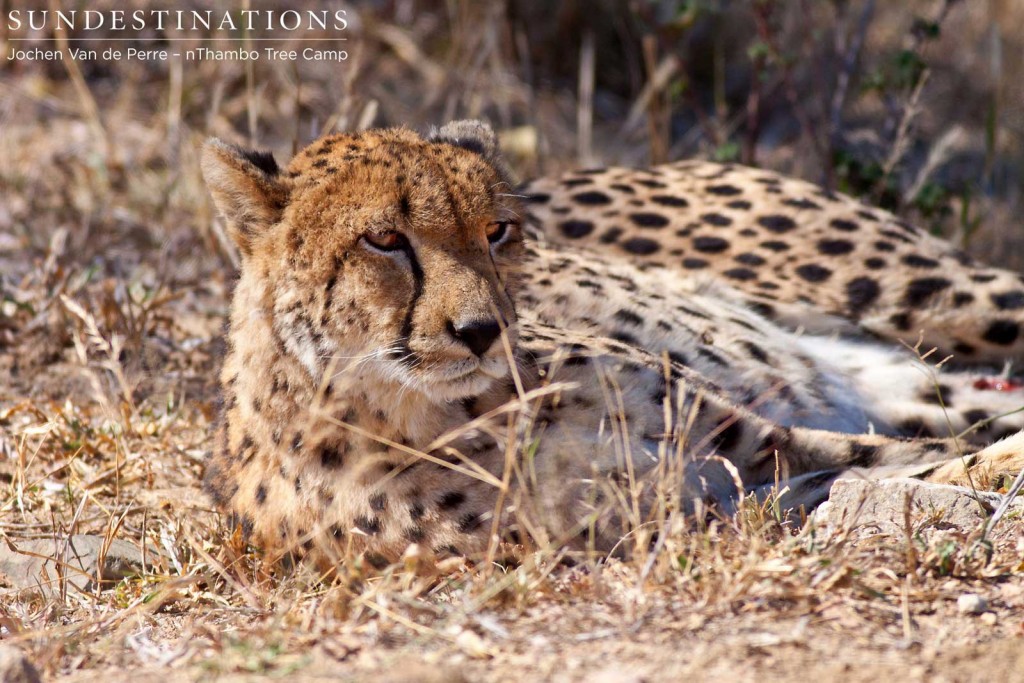
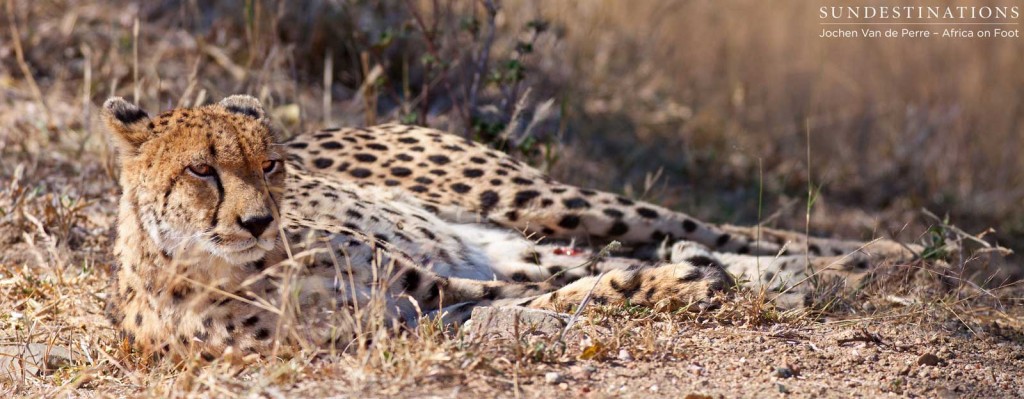
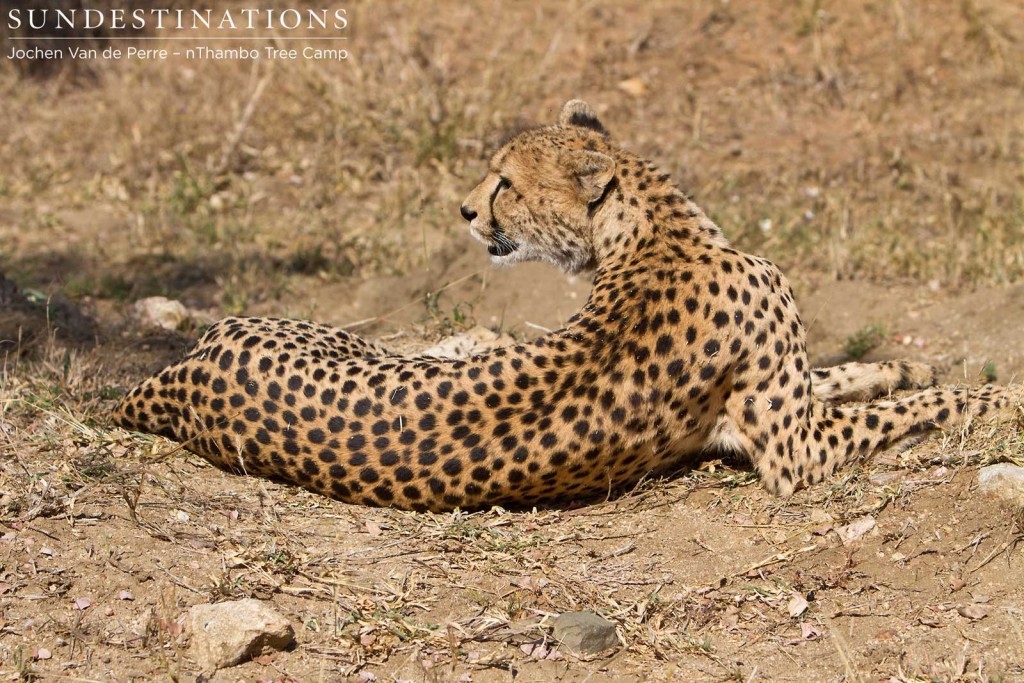
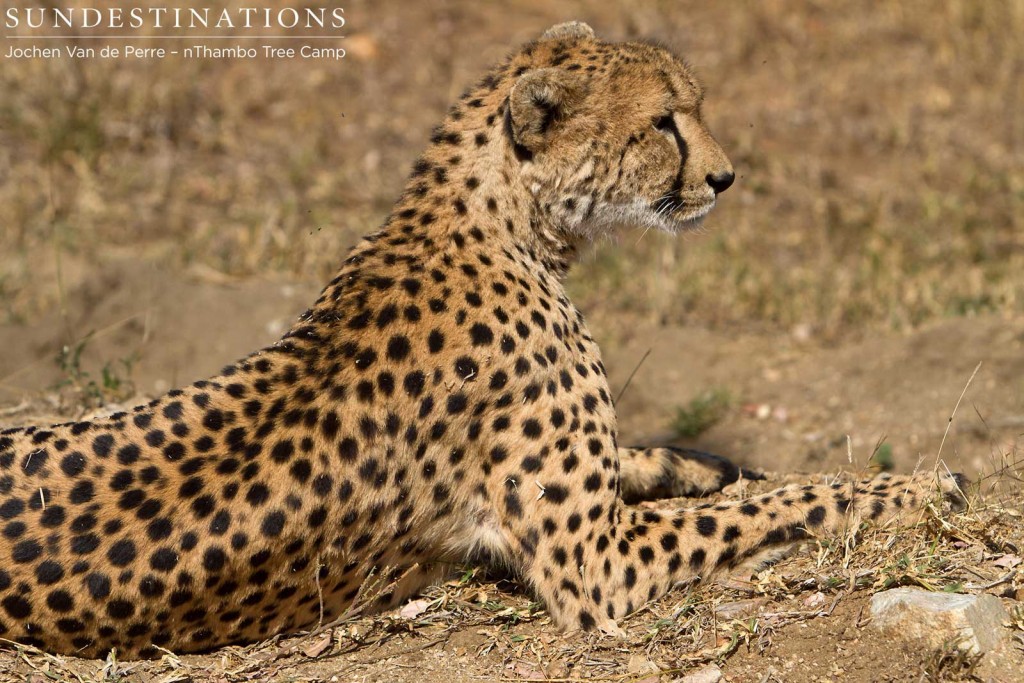
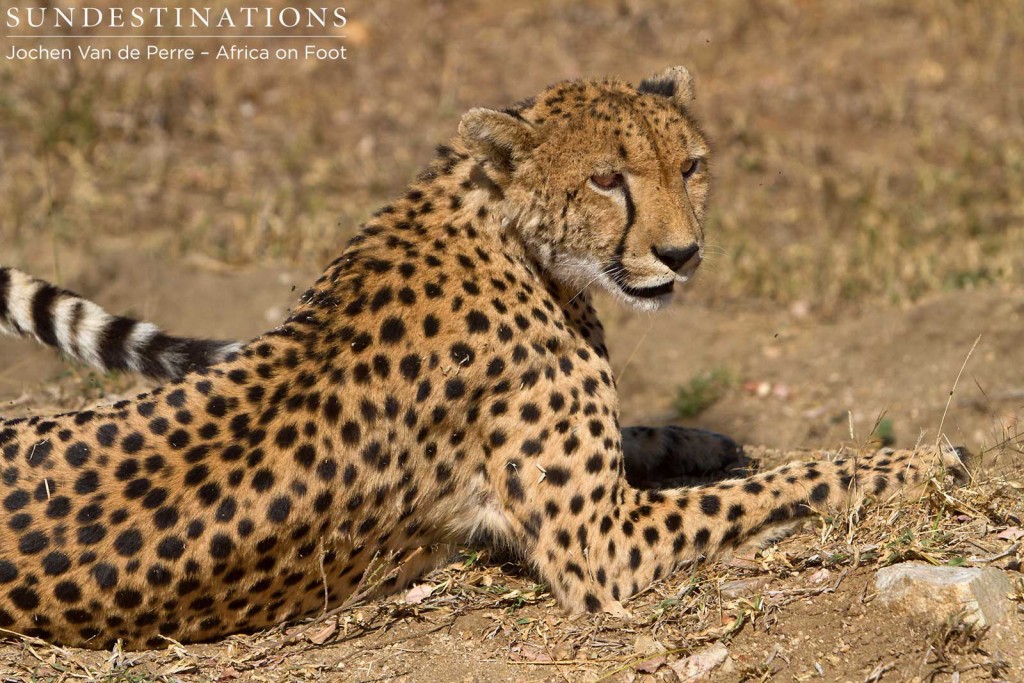
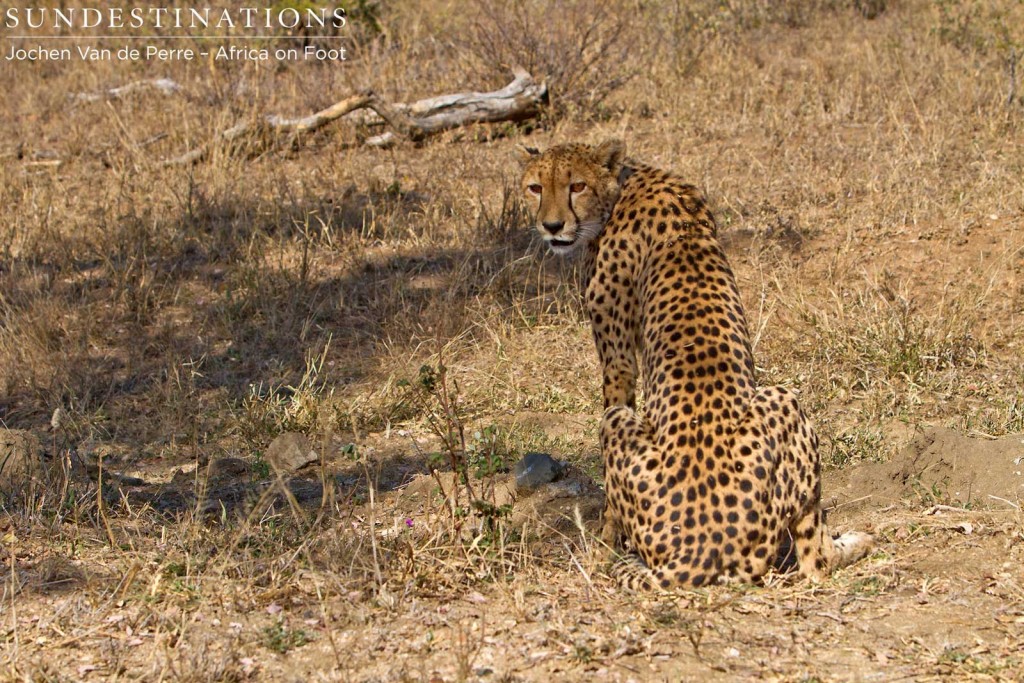
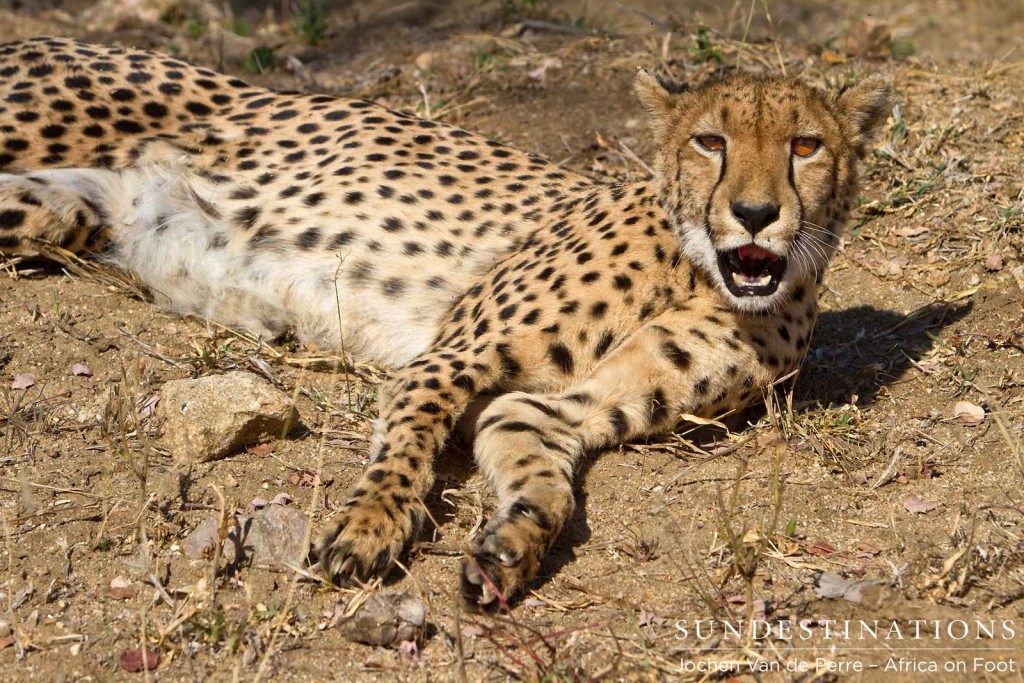
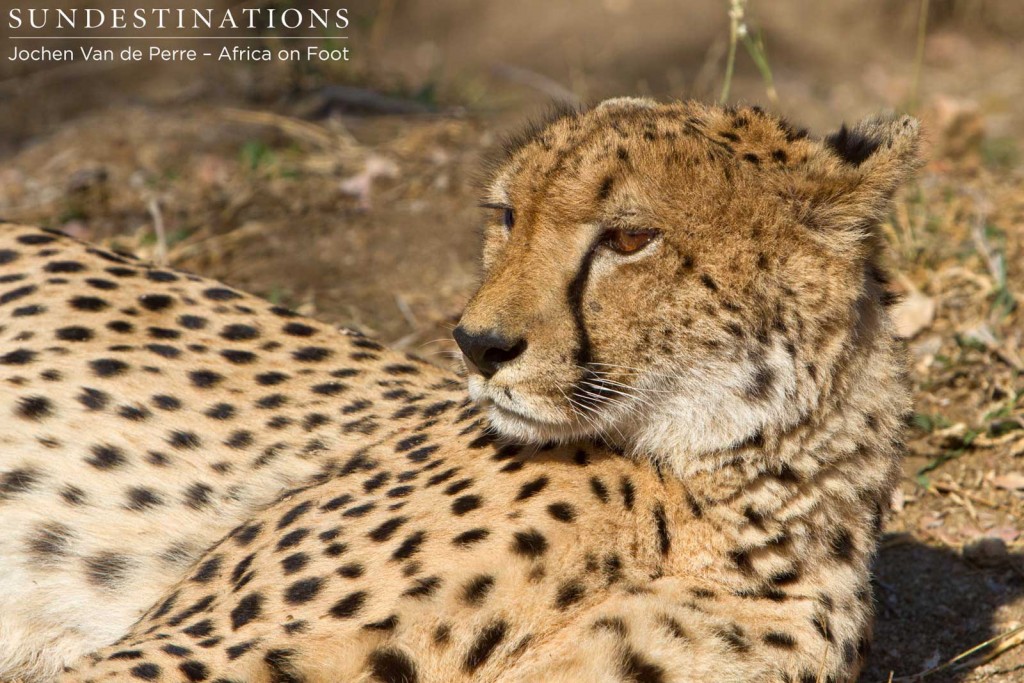
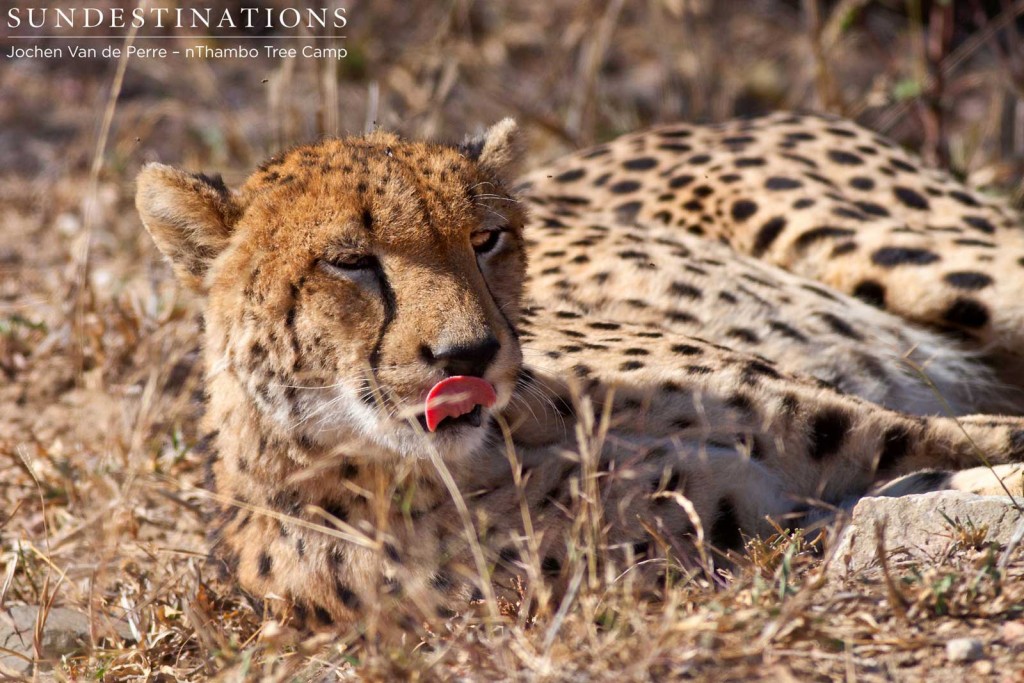
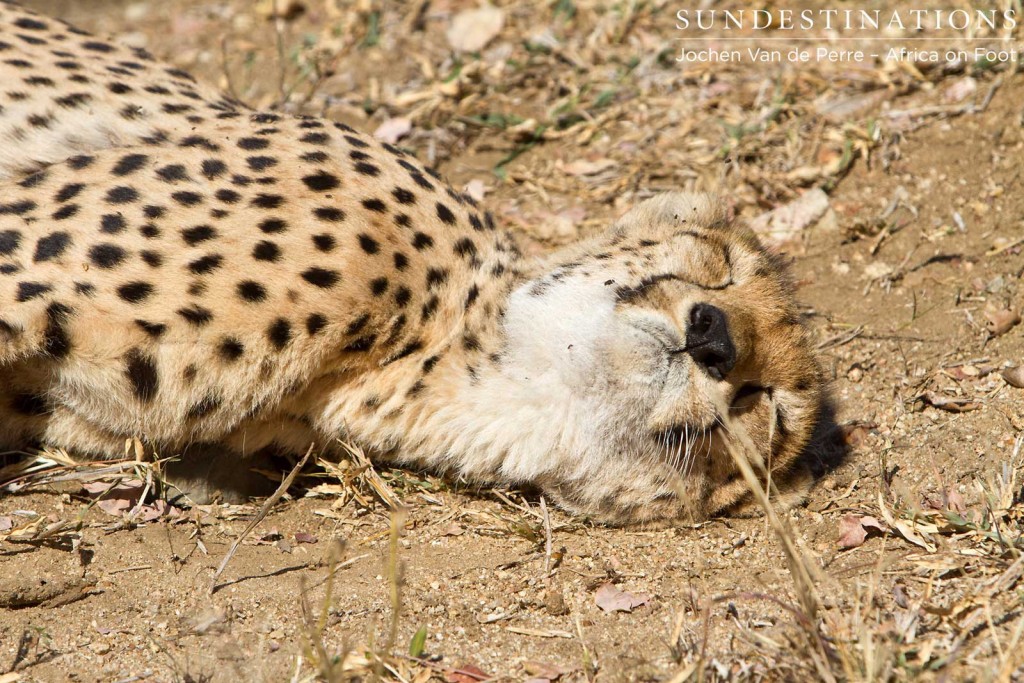
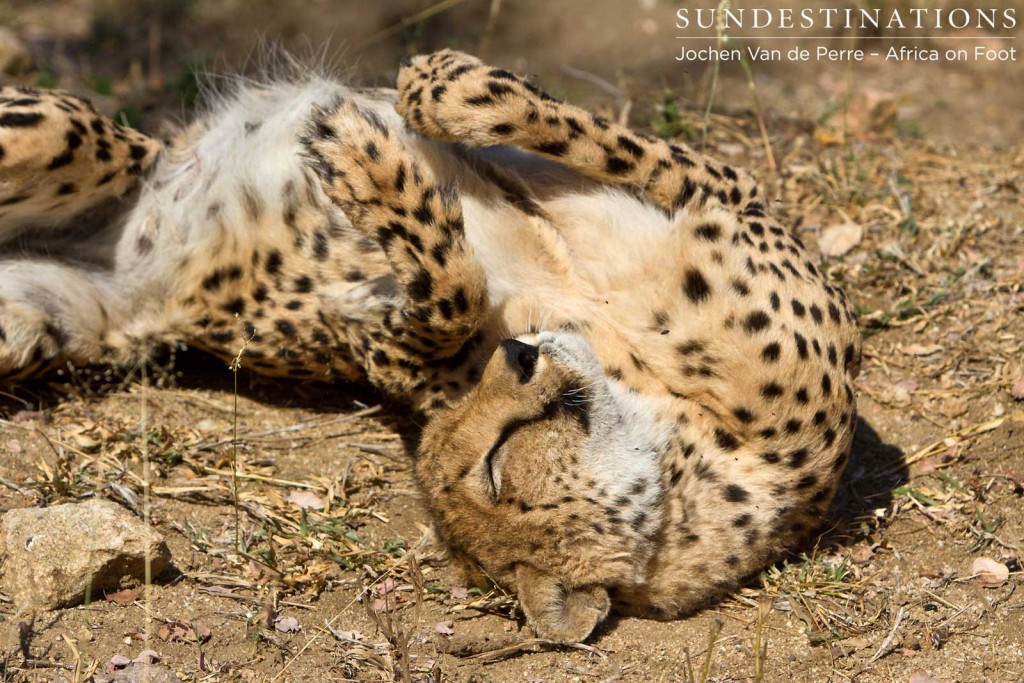
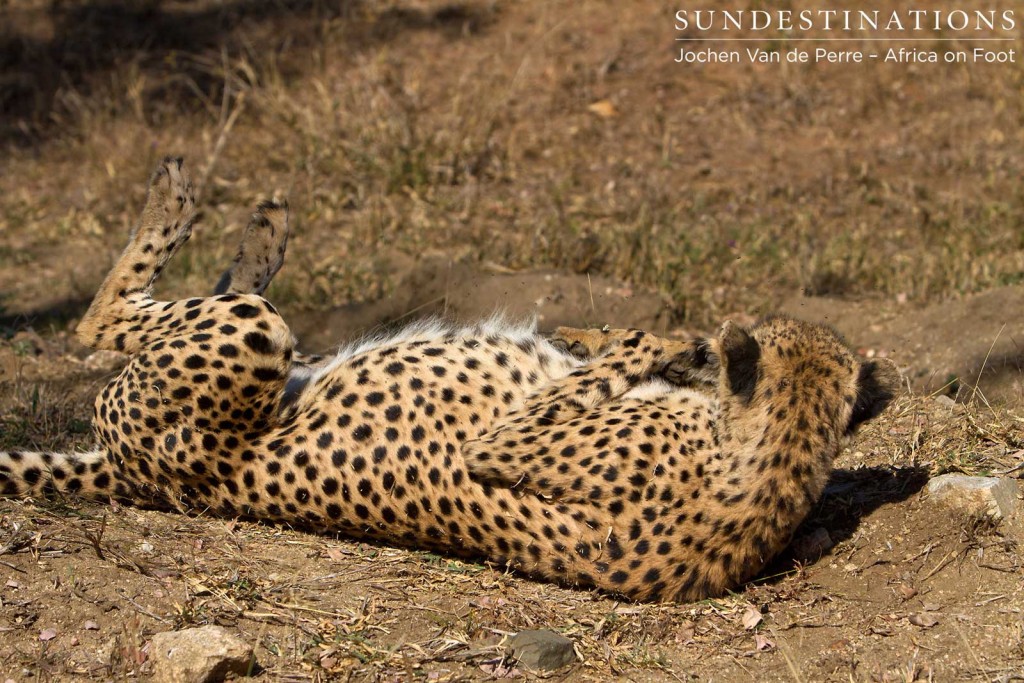
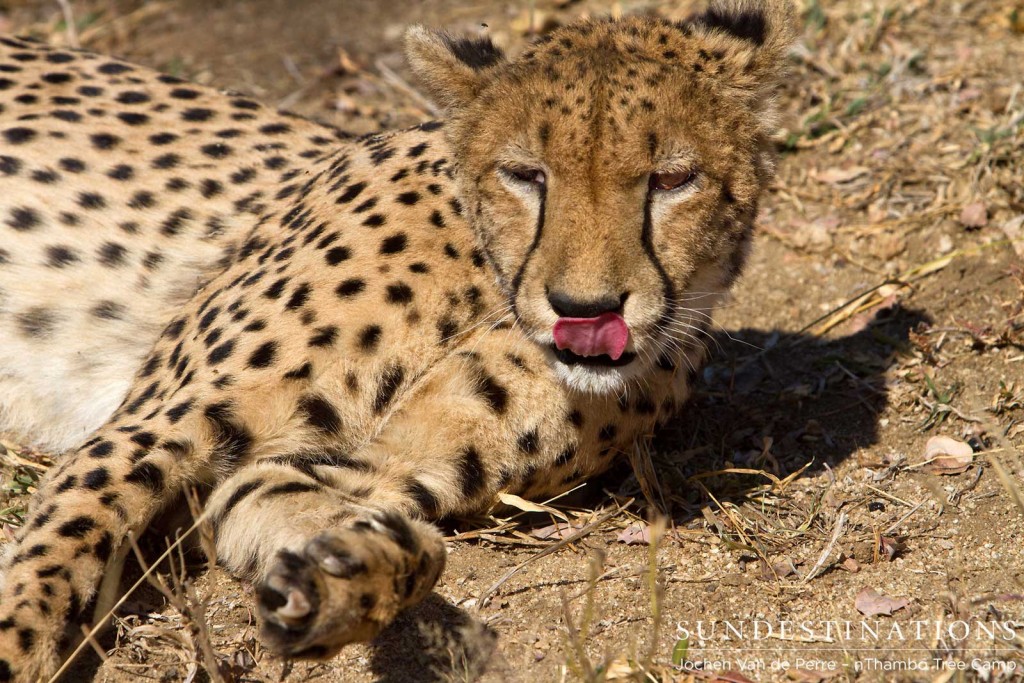
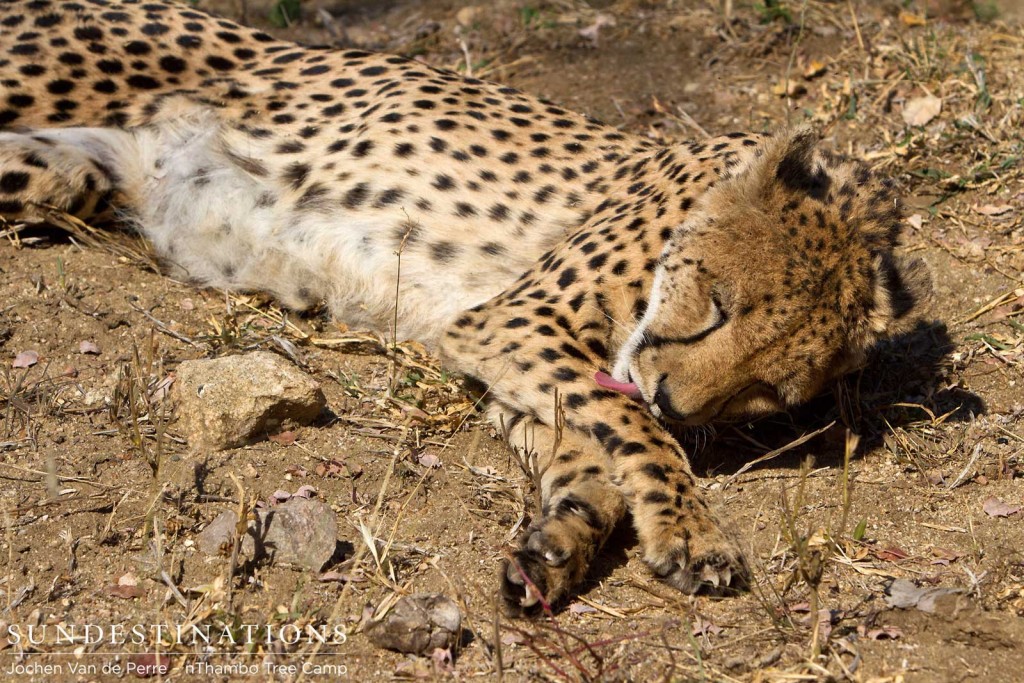
Leave a Comment